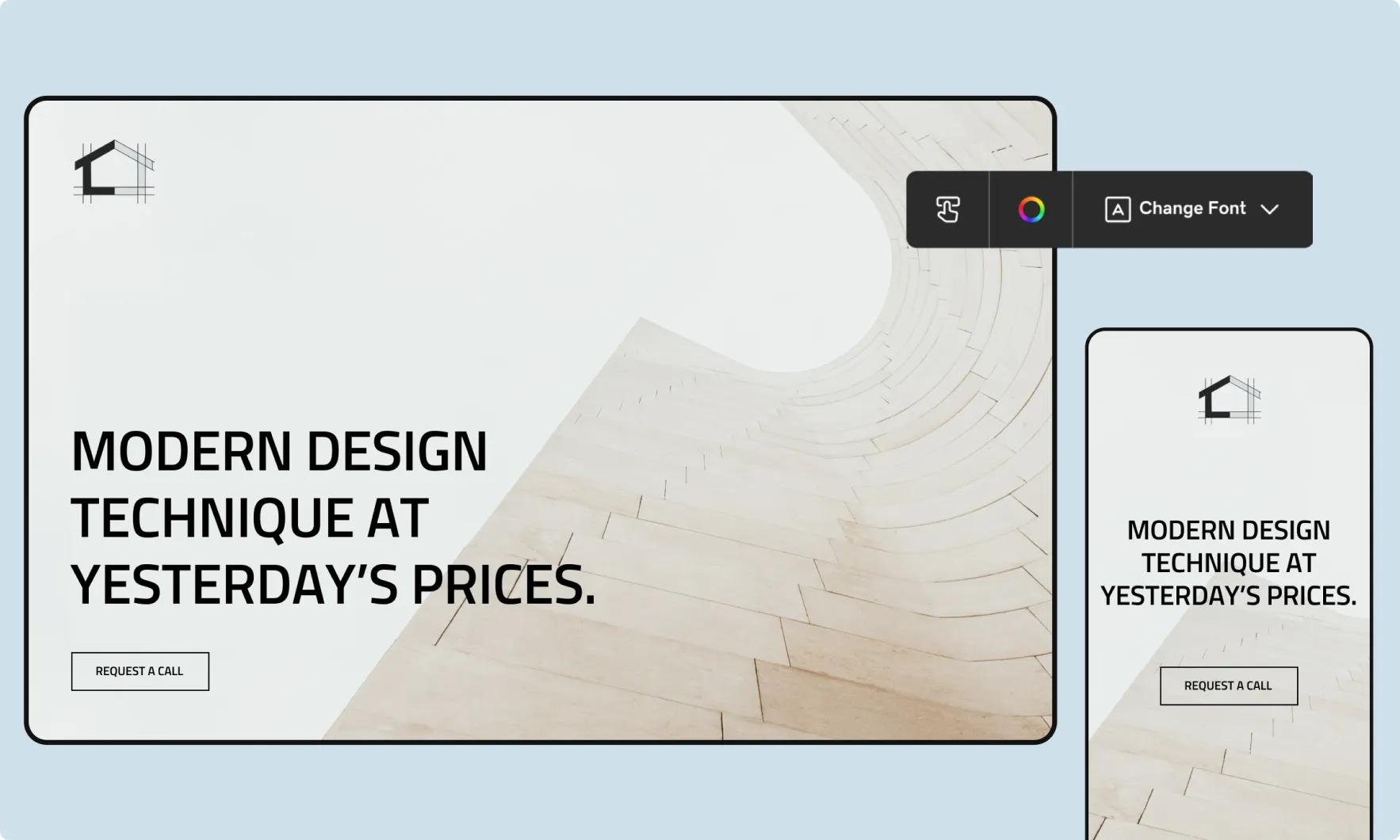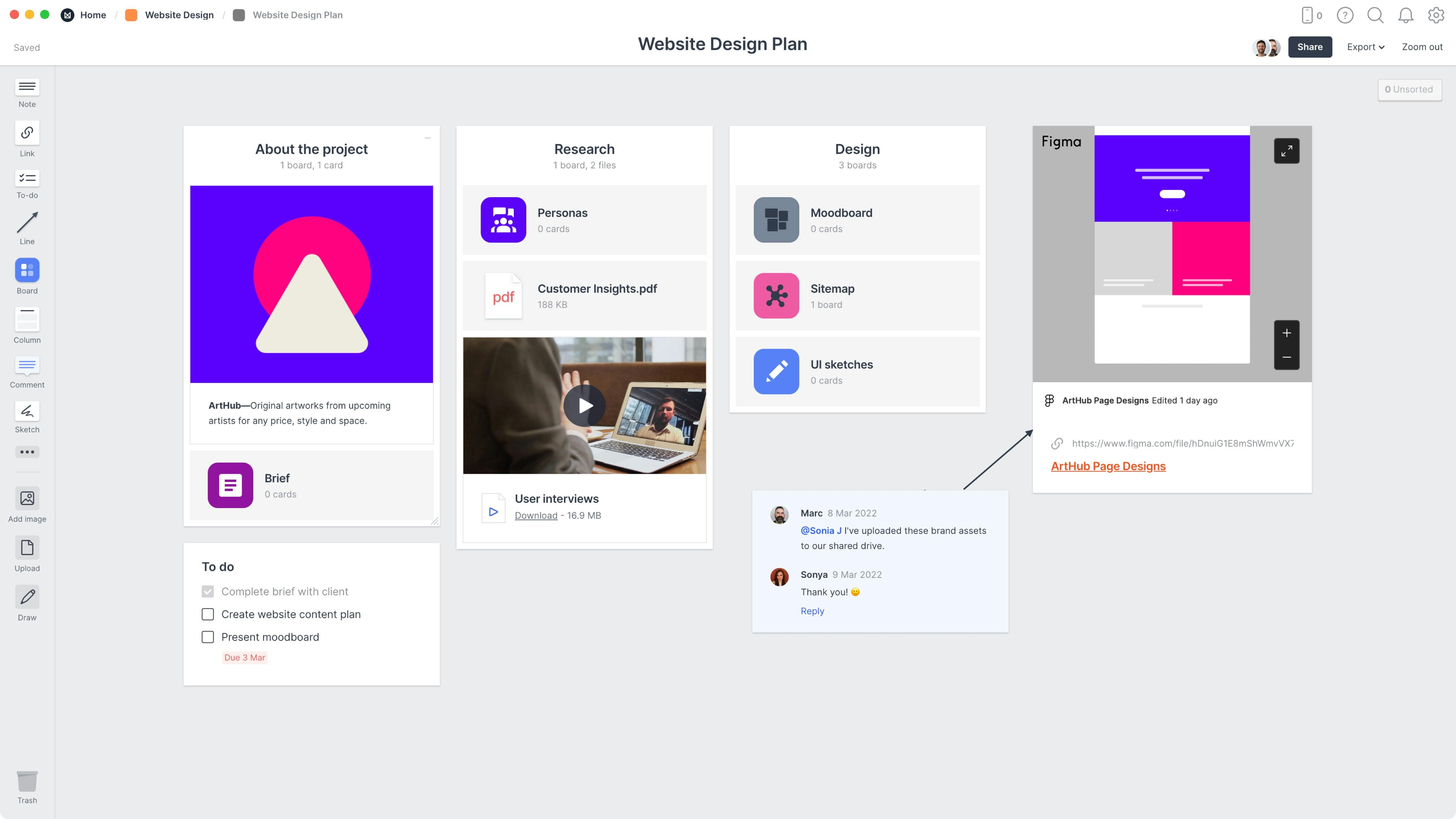Future-Proof Your Business with Innovative Website Design Trends
Future-Proof Your Business with Innovative Website Design Trends
Blog Article

Crafting a User-Friendly Experience: Necessary Components of Effective Site Style
In the realm of web site style, the value of crafting a straightforward experience can not be overstated. Vital elements such as a clear navigating structure, receptive style principles, and quick filling times function as the structure for involving individuals successfully. An intuitive customer interface coupled with available content guidelines guarantees that all people, regardless of ability, can browse with convenience. Despite these basic principles, many websites still fail in providing this smooth experience. Comprehending the underlying variables that add to efficient style can lose light on just how to enhance user complete satisfaction and engagement.
Clear Navigating Framework
A clear navigation framework is basic to efficient internet site design, as it straight affects user experience and interaction. Individuals must be able to find info easily, as intuitive navigation lowers disappointment and urges exploration. A well-organized design permits site visitors to recognize the relationship between different pages and material, bring about longer site sees and raised interaction.
To achieve clarity, designers ought to utilize familiar patterns, such as side or top navigation bars, dropdown menus, and breadcrumb routes. These elements not only improve functionality however likewise supply a feeling of alignment within the website. Keeping a constant navigation structure across all pages is essential; this familiarity helps customers prepare for where to discover desired information.
In addition, incorporating search capability can even more aid individuals in situating certain content promptly. In summary, a clear navigation framework is not simply a layout choice; it is a critical element that dramatically impacts the total success of a website by cultivating a delightful and efficient individual experience.
Responsive Style Concepts
Effective site navigating establishes the stage for a seamless customer experience, which becomes a lot more critical in the context of responsive style concepts. Receptive design guarantees that internet sites adapt fluidly to various screen dimensions and positionings, boosting availability throughout tools. This adaptability is accomplished with versatile grid formats, scalable images, and media queries that allow CSS to change styles based upon the gadget's features.
Trick concepts of receptive layout consist of liquid layouts that use percentages instead of repaired units, guaranteeing that aspects resize proportionately. Furthermore, utilizing breakpoints in CSS allows the style to shift efficiently in between different gadget sizes, enhancing the layout for each screen type. Making use of receptive images is also important; photos ought to immediately adjust to fit the screen without shedding top quality or triggering design shifts.
Furthermore, touch-friendly interfaces are crucial for mobile users, with sufficiently sized buttons and intuitive motions improving individual interaction. By incorporating these concepts, designers can develop web sites that not only look visually pleasing however additionally give functional and interesting experiences throughout all devices. Eventually, efficient responsive design cultivates customer contentment, minimizes bounce rates, and urges longer involvement with the material.
Fast Loading Times
While customers increasingly expect internet sites to pack quickly, quickly loading times are not simply a matter of ease; they are necessary for keeping site visitors and improving total user experience. Study indicates that customers generally desert sites that take longer than three seconds to lots. This abandonment can bring about enhanced bounce prices and decreased conversions, eventually damaging a brand's track record and revenue.
Quick filling times enhance individual engagement and fulfillment, as visitors are more probable to explore a site that reacts promptly to their interactions. Furthermore, search engines like Google prioritize speed in their ranking algorithms, indicating that a sluggish internet site may have a hard time to accomplish presence in search outcomes.

Instinctive Interface
Rapid packing times prepared for an engaging online experience, but they are just component of the equation. An intuitive interface (UI) is essential to ensure site visitors can navigate a website easily. A properly designed UI enables users to attain their goals with minimal cognitive lots, promoting a seamless interaction with the website.
Secret aspects of an instinctive UI consist of constant layout, clear navigating, and recognizable symbols. Consistency in layout aspects-- such as shade plans, typography, and button designs-- helps customers understand just how to engage with the site. Clear navigating structures, consisting of logical food selections and breadcrumb tracks, enable customers to find details rapidly, official site lowering irritation and enhancing retention.
In addition, feedback systems, such as hover results and packing indications, inform customers about their activities and the website's action. This transparency cultivates trust fund and encourages ongoing engagement. Prioritizing mobile responsiveness guarantees that customers enjoy a cohesive experience across gadgets, providing to the varied ways target markets access material.
Obtainable Content Guidelines

First, utilize clear and uncomplicated language, preventing jargon that may perplex visitors. Highlight proper anchor heading structures, which not just aid in navigation yet likewise help screen viewers in translating content hierarchies properly. In addition, offer alternative message for pictures to convey their definition to individuals who depend on assistive innovations.
Contrast is one more crucial component; make certain that text stands out versus the background to enhance readability. Furthermore, make certain that video and audio web content includes records and subtitles, making multimedia accessible to those with hearing disabilities.
Last but not least, integrate key-board navigability right into your style, permitting individuals that can not use a computer mouse to accessibility all site attributes (website design). By adhering to these available web content guidelines, my link web developers can develop inclusive experiences that deal with the demands of all users, eventually boosting user interaction and satisfaction
Verdict
To conclude, the integration of necessary components such as a clear navigating framework, receptive layout concepts, quickly filling times, an instinctive individual interface, and obtainable web content standards is vital for creating an user-friendly website experience. These components collectively enhance usability and engagement, ensuring that customers can effortlessly navigate and communicate with the website. Focusing on these layout aspects not just enhances overall satisfaction but also cultivates inclusivity, suiting diverse user needs and choices in the electronic landscape.
A clear navigating framework is essential to effective website layout, as it straight influences user experience and engagement. In recap, a clear navigation structure is not just a style choice; it is a tactical element that significantly influences the total success of a web site by promoting a efficient and enjoyable user experience.
In addition, touch-friendly user interfaces are important for mobile users, with adequately sized switches and intuitive gestures enhancing customer interaction.While customers progressively anticipate web sites to load swiftly, fast filling times are not just an issue of convenience; they are crucial for keeping site visitors and improving general customer experience. website design.In final thought, the assimilation of vital elements such as a clear navigation framework, responsive style concepts, quick filling times, an intuitive user interface, and easily accessible content guidelines is crucial for developing an easy to use website experience
Report this page